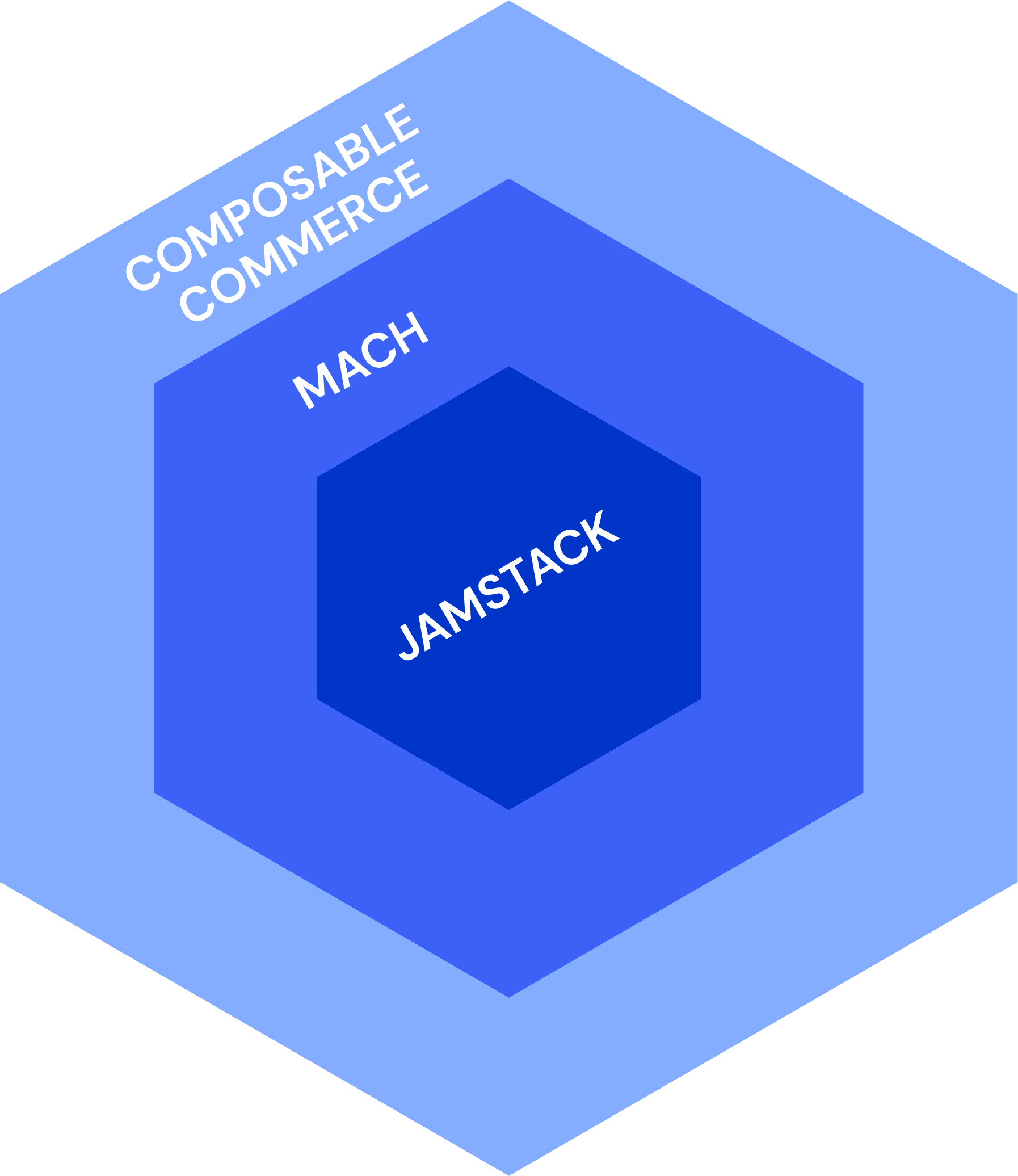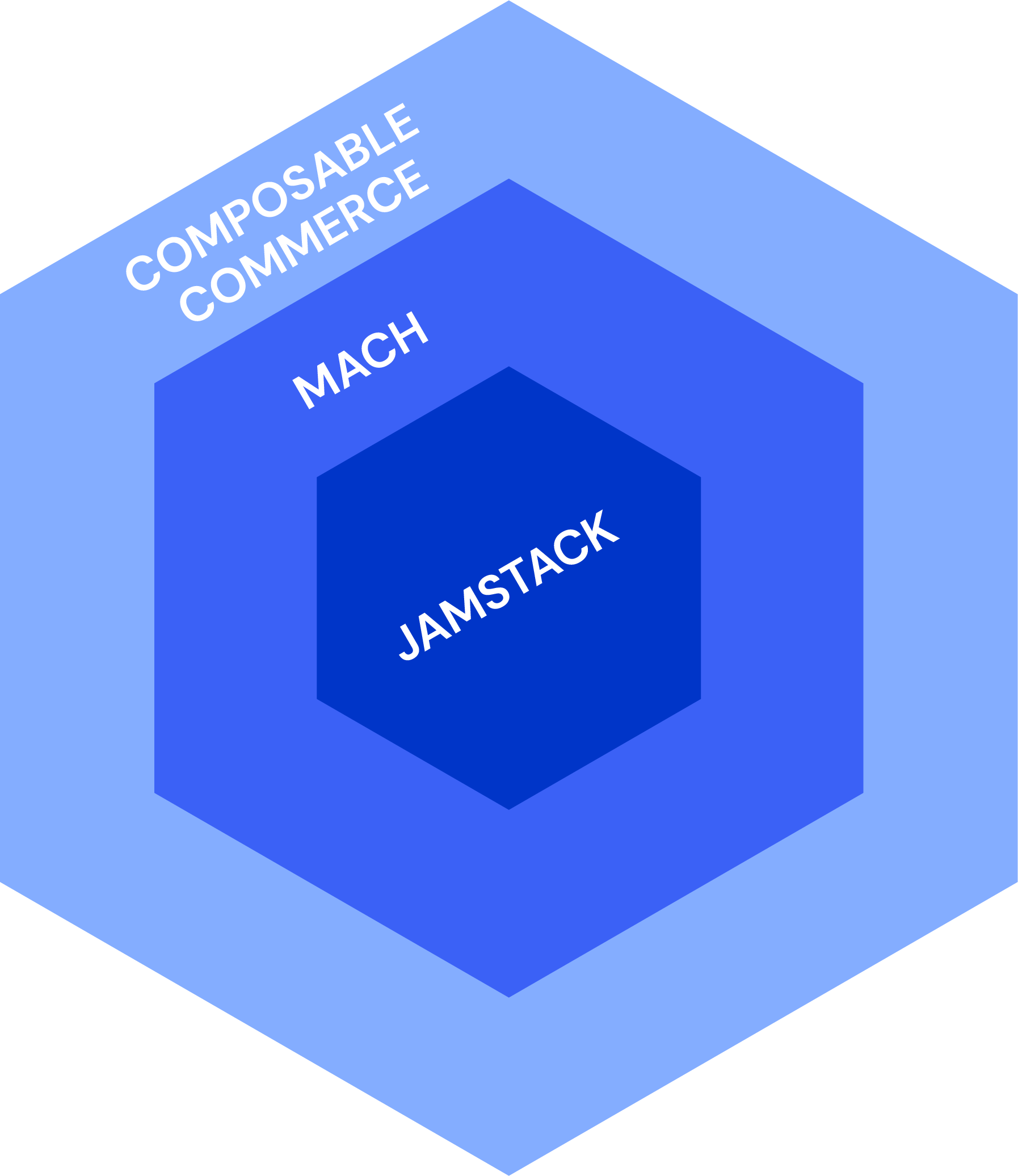Uniform blog/Headless and composable commerce: what's the difference?
Headless and composable commerce: what's the difference?
Headless and composable commerce: what's the difference?
As impressive as it is that roughly one-third of the world population (2.64 billion people) shop online nowadays, it barely depicts the growth potential of e-commerce. To stay competitive, businesses must leverage flexible and scalable systems, starting with an understanding of the nuances of key concepts like composable commerce versus headless commerce.
How does composable commerce differ from headless commerce?
Closely related but different, the terms composable commerce and headless commerce are in use interchangeably, resulting in a lot of confusion. The key difference lies in the fact that with a truly composable architecture, you can effortlessly add or remove systems, affording no preferential treatment to any vendor's products. That’s not the case with headless.
Headless commerce
In headless commerce, front-end interfaces are separate from back-end systems, which is an appeal to brands that value the control they gain for the consumer experience—as opposed to the one-size-fits-all approach adopted by solutions that include front-end tools.
In addition, despite the e-commerce capabilities in headless solutions, you must build the front end for your online store yourself. For example, even though it might enable you to manage product information, a headless PIM offers no widgets for display, interacting with platforms through APIs instead.
No wonder that, by ensuring that the features they offer are not tied to specific channels, headless tools are popular for generating omnichannel experiences.
Composable commerce
The expectation for composable products is that they will be integrated with other composable ones, often from different vendors. In contrast, all-in-one products and product suites are complete solutions offered by a single vendor.

Which came first: headless or composable?
Before, e-commerce platforms came in suites in an all-embracing format, complete with products with which brands could build front ends, which were, however, usually limited to the web channel and to a specific front-end technology. To create an omnichannel presence, brands had to hunt for an alternative.
Additionally, as e-commerce systems evolved, one-size-fits-all experiences could no longer accommodate consumer or business needs. Platforms that could handle complex tasks like cross-location inventory management could not perform other tasks that were still key for business operations. As a result, brands had to live with numerous compromises while attempting to find the ideal product that satisfies their requirements.
As an important innovation for brands, headless tools included APIs for interactions, enabling brands to use whatever technology they desired to build the front end. A gratifying revelation to developers followed: There wasn't much difference at all between leveraging APIs from one vendor and those from multiple vendors.
What are the advantages of headless and composable?
Headless and composable work together to offer businesses numerous remarkable benefits, notably agility in experimenting with or changing integrations. See the details below.
Flexibility
Because headless technology has removed the link between front-end interfaces and back-end systems, you can pick the technology that best suits your use case. API-first technology, with which you can build a system starting with its most important ingredient, APIs, reassures developers that the APIs are reliable, well designed, and well documented. Note that though headless are usually API-first, that’s not mandatory. Same with composable. Therefore, you can connect the best tool for the job to any platform. That way, you can build the ultimate consumer experience through which to interact with your audience anywhere in their shopping journey.
Agility
Since APIs usually support several languages and programming practices, developers can adopt the technology they prefer or are used to. Also, because they are adept in working with APIs, developers can learn how to use a new API much faster than how to operate on a platform, which would be the case with conventional monoliths and product suites.
Compelling digital experiences
With headless or composable architecture, you’re free to use best-in-need tools. In particular, since composable doesn’t lock you in to a vendor, you can pick the tools of your choice to assemble the most engrossing consumer experience possible.
Freedom to swap out tools
The traditional suite model locks you in to tools and subscriptions, all of which you must pay for regardless of whether you use them. Not so for headless and composable, whereby you pay for only those tools you take advantage of.
Integrability
Thanks to the API-first approach, headless and composable platforms readily integrate with e-commerce tools no matter the latter’s platform or vendor.
Future-proof solutions
By capitalizing on headless’s modular, plug-n-play nature for composable, you can easily adapt to changes in the industry—even if you’re operating on legacy software. Through that flexibility, you can upgrade your platform tool by tool at your own pace without taking any of the tools offline. No more woes caused by replatforming, which necessitates that you replace everything all at once.
How do I build composable commerce with Uniform?
First, learn the nuances of composable commerce versus headless, keeping in mind that composable requires headless technology. That’s because the decoupling of front-end and back-end systems in headless is integral for composable, giving you more flexibility, more control, a gentler learning curve, and, above all, less risk.
To learn how Uniform can transform your e-commerce model through composable, schedule a free demo.
No. Here are their differences:
- As a technology slated for composable commerce, headless renders back-end systems independent from their front-end interfaces. As a result, developers can connect the e-commerce tools of their choice to any platform with APIs.
- Composable is a development approach of selecting best-of-need commerce components and grouping or “composing” them through Packaged Business Capabilities (PBCs) into a custom application to meet specific business needs.






.png&w=1080&q=90)
.png&w=1080&q=90)
.png&w=1080&q=90)